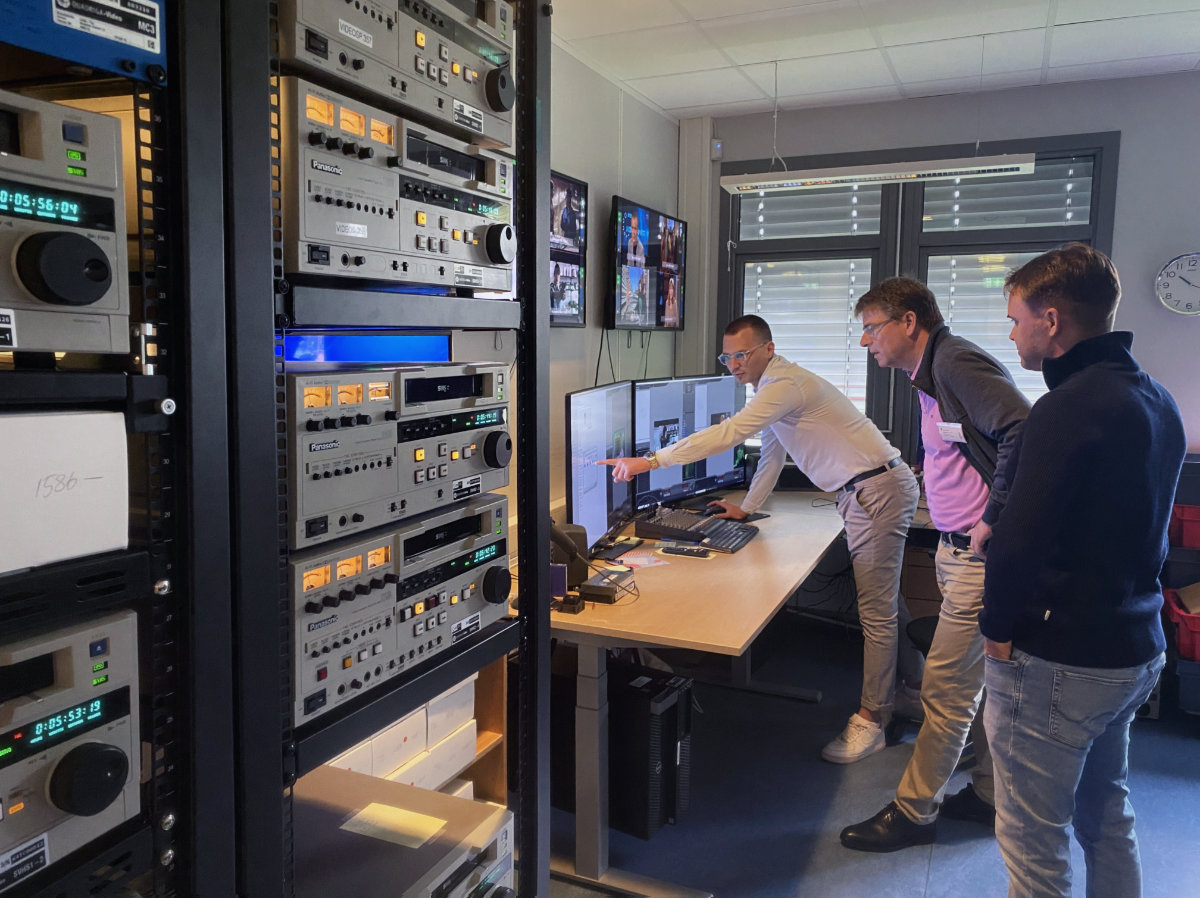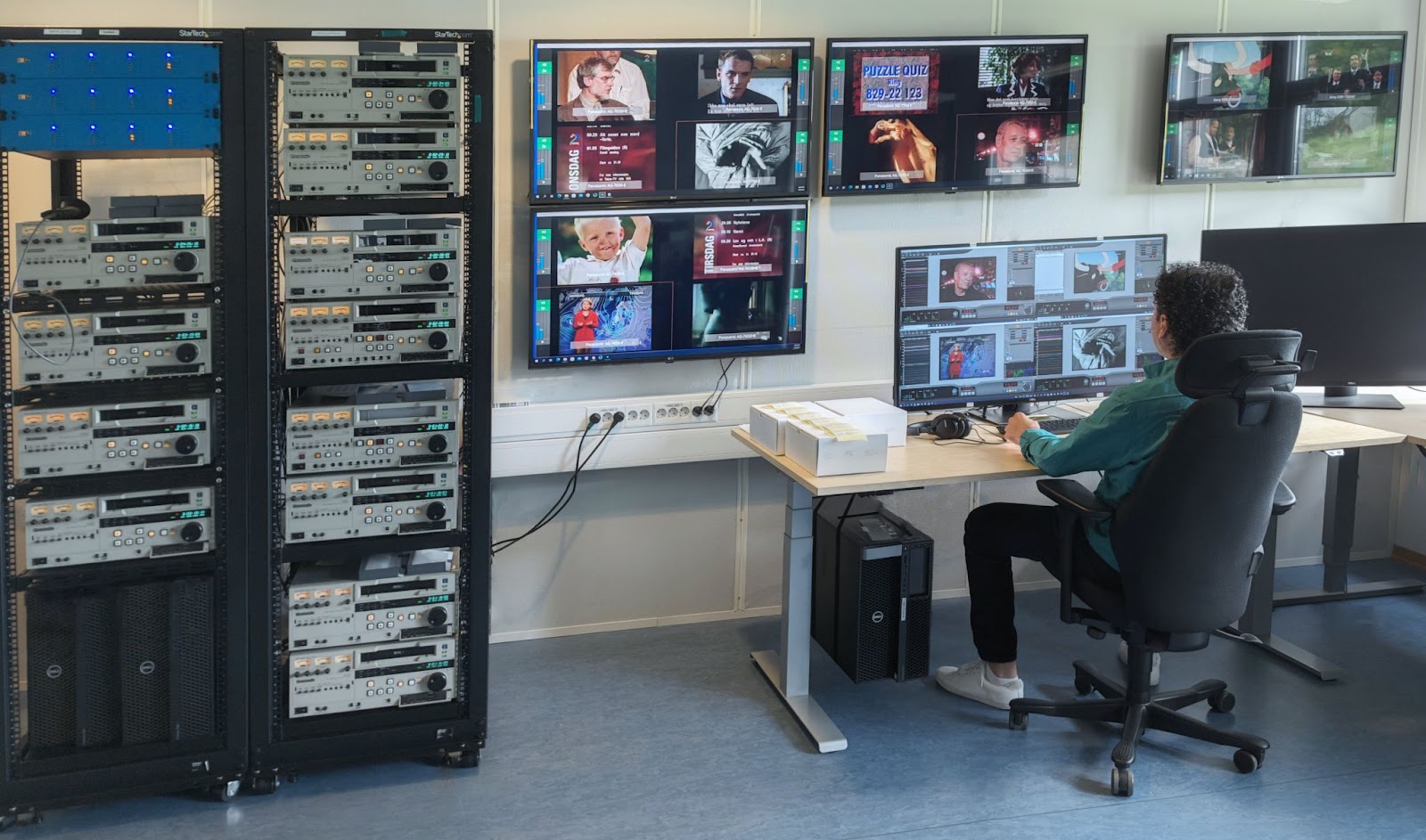QUADRIGA•Video migrates 550,000 hours of Videotapes for the National Library of Norway

Approximately 550,000 hours of program material on video cassettes have to be preserved in the National Library of Norway's digital long-term archive. These recordings are part of legal deposit recordings of the Norwegian Broadcasting Corporation. In order to protect these unique broadcasting assets in the long-term, these video cassettes will be transferred into archive files with the recently installed QUADRIGA•Video system.
Stig Sivertsen, Section Head Motion Pictures, said:
We went live with the QUADRIGA•Video system on 1 March 2024. Together with the archive and logistics team, we have set up a workflow that enables us to migrate 90 hours of video material per day with one operator. This is very efficient and saves a lot of money for the archive.
After a successful start-up phase, throughput is set to increase even further. We are delighted with the amount of the video cassettes that can be processed in a short amount of time.
The QUADRIGA•Video system is a reliable component in our workflow. It was integrated smoothly into the existing infrastructure and scales well thanks to its flexibility. Our expectations in terms of increased efficiency and level of quality control at the same time have been exceeded."

at the National Library of Norway
Since this high-volume migration requires a specialized quality-controlled video digitization system, a QUADRIGA•Video system from Cube-Tec International was purchased. An additional QC workflow was customized according to the tender specifications. The entire ingest system is using 16 broadcast videotape recorders. The installation is now completely in productive use and can ingest up to 300 video cassettes per day in a fully quality-controlled operation.
For the DVCAM cassette collection the QUADRIGA•Video Direct Readout™ feature is used. This provides users with real-time monitoring and archiving of the compressed digital video streams straight from DVCAM video cassettes. Working directly from the original format not only improves error detection levels, but the company’s implementation of proprietary algorithms also enables users to apply error correction years, or even decades, after the migration has happened.
In July, we had the chance to visit the archive in Mo i Rana having a talk with the digitization operator Igor Djurdjevic and Stig Sivertsen, Section Head Motion Pictures:

